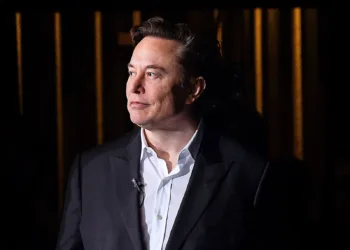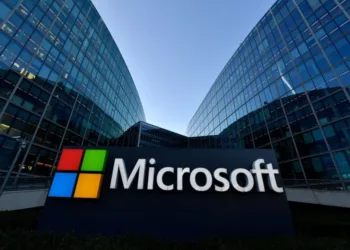Ancient Indian mathematicians had visualised ‘Kotipakoti’ in the early texts as among the very big numbers. 21 ‘zeroes’ after ‘one’ (1000000000000000000000). In computer lingo, zettascale (One trillion Gigabytes) computing involves ‘kotipakoti’ computations that can provide amazing insights by culling through gigantic volumes of data in real-time.
In an interview with The Business Line, Raja Koduri, Senior Vice-President, Chief Architect and General Manager (Architecture, Graphics and Software) at Intel Corporation, said: “India can achieve it by 2025.”
When India gets there, it will be a “Kotipakoti Ganananka Atmanirbhar Bharat”, achieving self-reliance in computing capacity.
“India can get there. Do not bother just catching up to the cloud, in which India fell behind. Just jump to the next thing. When India missed the PC drive, it jumped to mobile, where it leads,” he added.
Higher Computational capacity
Koduri argued that India needs this kind of massive computing capacity to cash in on the voluminous data storage potential in the country, and in order to benefit from it in real-time, India needs its data to be handled in local centres.
He pointed out the challenges faced by the farmers. “There is so much uncertainty in terms of climatic conditions. There are issues related to insects, diseases, prediction of yields and marketing,” he said.
“Why is that the computation is only available to big companies? Why doesn’t the farmer have access to real time information? Why can’t they monitor and make adjustments to what they are doing on a real time basis?” he asked.
Huge computational capacities will also help get better results in handling the Covid-19 pandemic. He noted that the need for self-reliance in computing is as important as self-reliance in electricity and food.
Koduri said that the country needs a zettascale computing capacity — 1,021 floating-point operations and AI operations per second — to handle the voluminous data that 130 crore Indians generate every day.
Computing capacity, like any other technological necessitiy, should be accessible to every one. “Some people paint a very dark future, saying computers will take over the world and it will be scary. Whenever a new technology is created, it is used for both bad and good purposes. But eventually, good purposes takes over bad purposes,” he says.
Better overall infrastructure
To achieve massive computing capacities, Koduri said there needs to be a collaborative approach for data collection.
“We need to have multiple local datacentres where the data can be collected within a radius of 100 miles, so that you can collect the data in milliseconds. This will also help in addressing the issue of redundancy of data (same data stored, transferred across multiple devices). You don’t need to move the data across the country,” he said.
According to him, within the next five years, India will have supercomputers all across the country. Electrical infrastructure is a must as power failures are a dreaded nightmare within the computer industry.
Koduri feels the six pillars of a data centre are “chips, architecture, memory, switches and networking product line, security and the software that runs all of this stuff,” and he pointed out that Intel operates at all the levels that a basic data centre is configured to.
“Intel is one of the few companies where a country like India can just work with straight. We can be an exascale (1,018 floating-point operations per second) or zettascale data centre partner. You can get all forms from transistor to software, from one place, designed securely,” he concluded.








